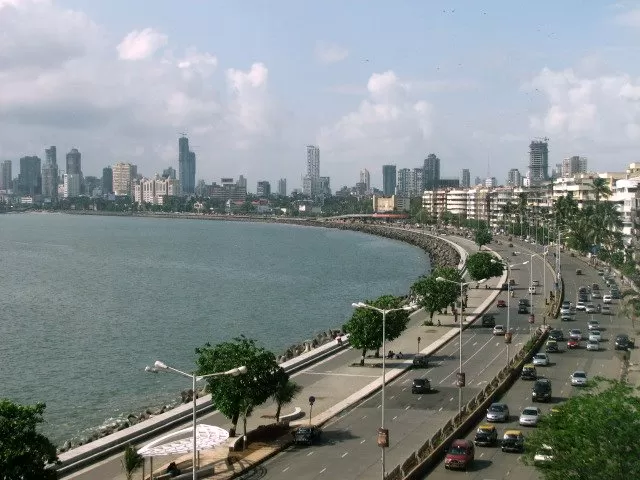One of the oldest of the Hindu temples is the Badrinath Dham. The temple is situated to the right side of the river Alaknanda in the state of Uttarakhand, India, at an altitude of 3133 m. The Dham is guarded by two of the mountain peaks, Nar and Narain, with the soaring Neelkanth Peak at the rear. This spot was once floored by wild berries hence attaining the name ‘Badri Van’ or the ‘forest of berries’. The temple was built by Adi Shankaracharaya best known as the saint philosopher from the 8th century. It has been repaired many times due to natural grievances. The main gate, Singhdwar, is the chief attraction and displays vibrant colors. The temple is so old that it earns its fame since the Vedic age. The statue is made of a black stone which is somewhat similar to granite. The Alaknanda pours beneath the temple and was previously known as Vishnu Ganga.
Badrinath temple remains open from April to May every year. It is believed that there are four supplementary Badris namely, Bhavishya Badri, Yogdhyan Badri, Bridha Badri and Adi Badri. It is a famous belief that the idol of Lord Buddha was later re-established by Adi Guru in the form of a statue of Lord Vishnu. This happened after the stretch of Buddhism as the Buddhists preserved their lord’s statue through the Hindu renaissance. The fact makes it obvious for us to believe that the idol would be sitting in a Padmasan position characteristic of Buddha. It also might be interesting to know that Buddha was the ninth embodiment of Lord Vishnu himself according to the Hindu mythology.
There exists an entertaining tale about this temple. It is believed that Vishnu came to this place just like rest of he Gods for reparation. Seeing the beauty of the place he started to plot against Shiva so that he could acquire his meditating place. For a start Vishnu disguised himself as a lovely child and started sobbing loudly. Parvati, Shiva’s wife, picked him up but found it impossible to calm him. Because of the constant weeping sounds, Shiva moved to Kedarnath in frustration. The objective was achieved. According to legend, Ganga has divided into twelve channels because of a reason. When the river Ganga was asked to move down to earth to heal the distressed humankind, the pressure was not something which earth could bear. Alaknanda is one of them.
The sage Narad could not digest Vishnu’s way of leading a life full of worldly comforts hence Vishnu was hurt and disappeared in the Himalayas. There he assumed a posture called yogdhyani for several years, meditated and fed him with berries at the same place. His wife, Laxmi, went searching for him in the Himalayas and requested him to return. Hence, on Vishnu’s demand the whole mankind worships him and his wife.


